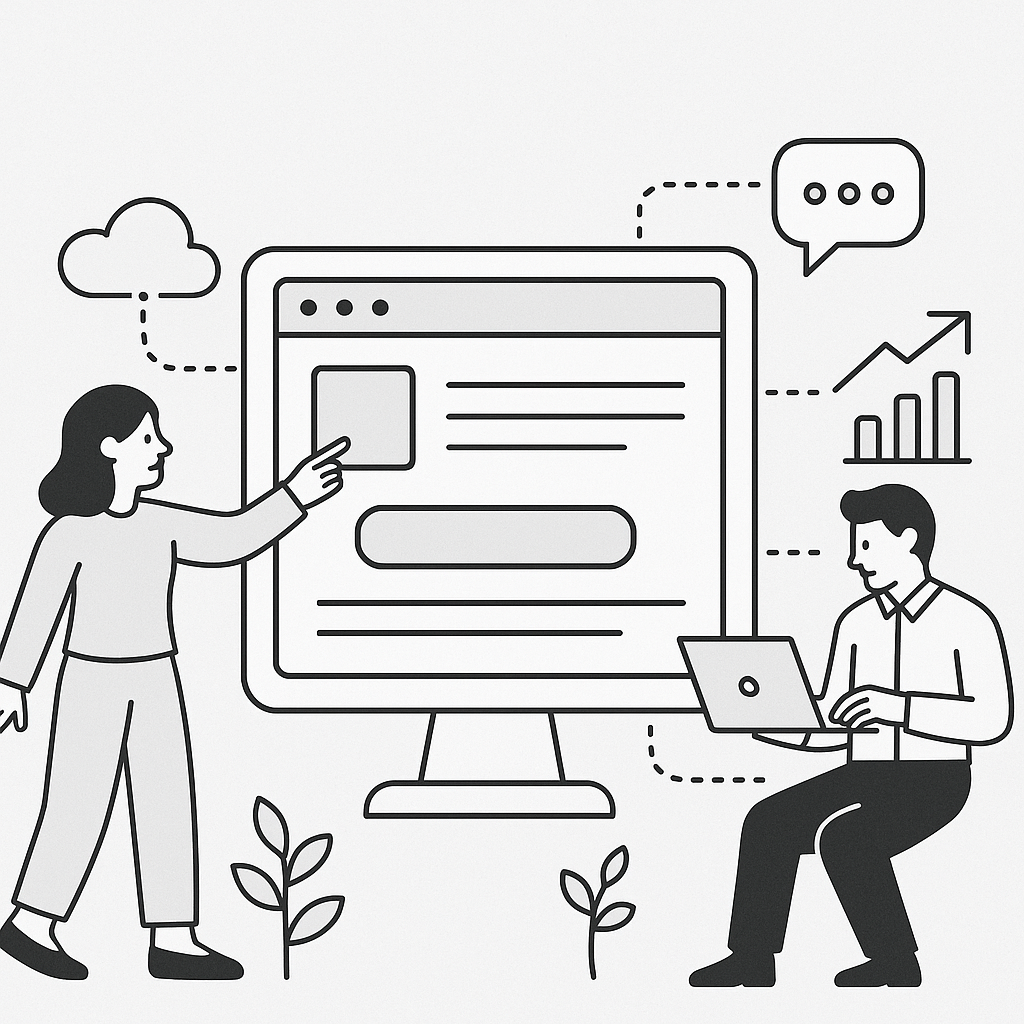The era of static websites is coming to an end.
For years, digital experiences have remained relatively rigid—designed around fixed templates, updated infrequently, and optimized using broad A/B tests that treat users as segments, not individuals. But the next wave is here: living websites—experiences that evolve in real-time, adapt to individual users, and continuously optimize for outcomes like engagement and conversion.
What Is a Living Website?
A living website is dynamic by design. It doesn’t just display content; it reshapes itself based on who is visiting, where they came from, what they’ve done before, and what they’re likely to do next. Think of a homepage that adapts its layout, headlines, and calls to action based on a visitor’s behavior, interests, or even the ad they clicked moments earlier.
This isn’t science fiction. Advances in AI, real-time data processing, and generative interfaces now make it possible to create websites that respond like a good salesperson: attentive, adaptive, and always iterating.
The Personalization Challenge
Personalizing a website for every individual user sounds great in theory—but it’s brutally hard in practice.
- Most teams lack the bandwidth to manually create and maintain dozens (let alone hundreds) of variants for different audiences.
- Traditional optimization tools are slow, requiring weeks of testing to decide whether Version A or B performs better—by which time, your audience may have shifted.
- Data silos and integration headaches make it difficult to act on the rich behavioral signals coming from ads, CRM tools, or product usage data.
In short, the tools haven’t kept up with the ambition.
Why It Matters: The Conversion Opportunity
The payoff for solving these challenges is massive. Personalization isn’t just about user delight—it’s about business outcomes.
- Visitors who see relevant content convert at higher rates.
- Bounce rates drop when the experience matches the user’s intent.
- Acquisition costs decrease when landing pages do more of the heavy lifting.
In a world where CAC is rising and attention spans are shrinking, optimizing for each visitor—not just each segment—can be the difference between flatlining and compounding growth.
What Comes Next
We’re entering a world where website content, structure, and messaging can be generated and optimized in real time—guided by user behavior, performance data, and generative AI. This opens the door to continuously evolving experiences, tailored not just once, but every time a user returns.
The companies that embrace this shift will stop thinking of their site as a static asset—and start treating it like a living system: always learning, always improving, and always aligned to the user in front of it.

Leave a Reply